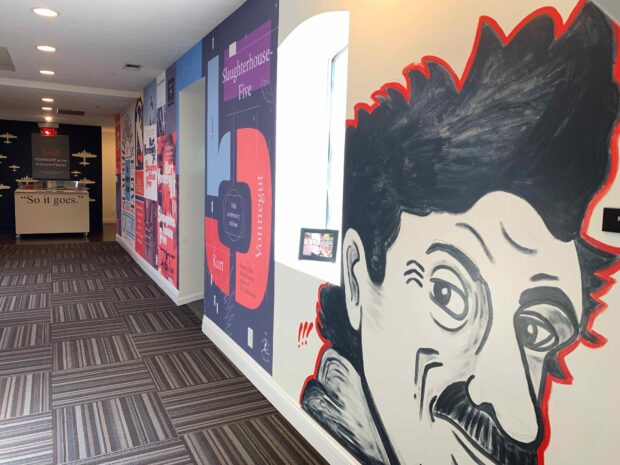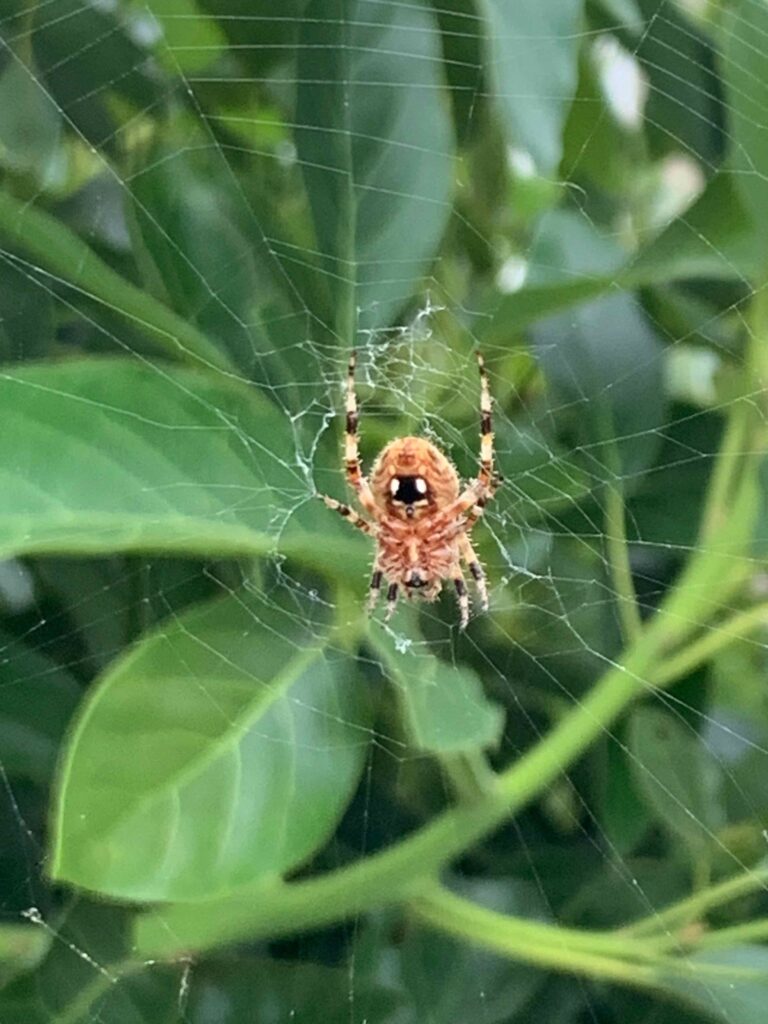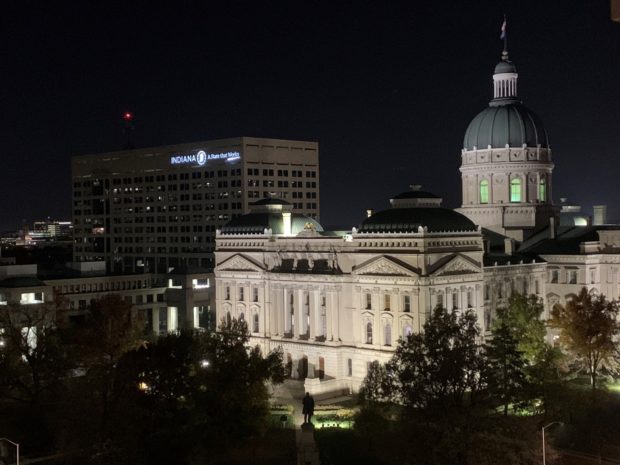I don’t think academic libraries need social media.
I say this as someone who has run social media accounts for academic libraries for almost a decade. Granted, the social media landscape has changed quite a bit in the last 10 years, but I think this has always been true and I’ve only just begun to realize it.
Currently, I’m working on a literature review about how academic libraries justify their use of social media and what assessment methods they use to bolster that justification. I’m focusing on articles published in the last 5 years and I’m starting to see a general trend in the narratives. It goes something like this:
- Libraries need to be on social media because of X (where X is typically something you would expect, like engagement, communication, or marketing to students).
- Ok, so let’s assess how well social media does X.
- Hm, the data doesn’t make a strong case that social media does X.
- Well …
It’s at this point that I start tensing up. What are the authors going to do next? In too many cases, they go on to say something to the effect of: “Oh well… We should still be on social media anyway!”
What? You just found evidence that something is not working and you’re just going to keep doing it anyway? There’s an apocryphal Einstein quote about that. (The quote is actually from a 1981 Narcotics Anonymous pamphlet, via Rita Mae Brown’s 1983 book Sudden Death.)
We have come to a point where everyone (well, not everyone) assumes that maintaining an institutional social media account is something we must do, despite evidence that it is not producing the results that we would like it to produce. In their 2017 article, “Social Media Use in Academic Libraries: A Phenomenological Study,” published in the Journal of Academic Librarianship, Harrison et al. describe this phenomenon as it relates to the content of academic libraries’ social media:
“The high level of correspondence in codes and themes were interpreted by researchers to mean that academic libraries are using social media in a homogenized manner, suggesting the presence of institutional isomorphic mechanisms (mimetic, and normative forces). Given that isomorphic forces impose conformity, but do not necessarily coincide with efficiency or effectiveness, awareness of these isomorphic forces is valuable to academic libraries. This new knowledge offers libraries the opportunity to evaluate the degree to which they have traded conformity for efficiency and effectiveness. If the tradeoff is determined to be less than ideal: academic libraries may consider requirements for establishing a social media strategy that best suits their organization as opposed to using a onesize fits all approach.”
This concept of “institutional isomorphic mechanism” comes from earlier sociological research cited by Harrison et al. Basically, institutions within any given profession start to copy and adopt each others’ actions and structures over time. This mimicry helps maintain legitimacy and “in-group” status, but sometimes at the expense of function and outcomes. As the authors note: “Regardless of efficiency or evidence of potential efficiency, organizations will adopt formal structures that align with institutional myths in order to gain legitimacy, resources, stability, and enhanced survival.”
I don’t think academic libraries’ inability to quit social media is driven by an insistence on engagement. As some of the articles I’m in the process of reviewing show, engagement on social media is tepid at best. And I would suspect that many us in outreach work would readily admit that social media engagement is an poor substitute for interacting with students in other ways.
We maintain diamond hands on social media accounts due to the (mostly unsupported) expectation that it is an effective communication tool. We want people to know about the library. On social media, we can pump out endless amounts of information: new collections, old collections, new programs, throwback programs, technical updates, deadlines, etc. It’s our personal megaphone! We easily fall into the trap of posting about a new program or initiative on social media and saying to ourselves “Done! Now people know about it.”
Except that no one is listening.
If our goal is to increase engagement online, we need a shit-ton more resources. Full-time, dedicated teams that can strategically build the brand: developing high-quality video content, working with campus influencers, and experimenting with emerging platforms. It would require more targeted, fine-grained assessment (and probably the use of personal data that would make most librarians squirm), more financial investment in ways to expand our reach (read: paid advertising), and way more yarrr! content!
Alternatively, if our goal is simply communication, there are more effective methods.
For example, if you set up a table outside the library and talk with students as they walk by, I guarantee you will speak with more students in a couple hours than might read a tweet in an entire day. Moreover, your interactions with them will be stickier and more impactful. Instead of spending an hour crafting the finest carousel of Instagram images for the library’s page, you could spend that same time crafting content for the university’s main channels and reach a larger audience. You could draft blurbs for other units’ newsletters, go on a roadshow to different departments on campus, develop vanity publications for key stakeholders, or work with student influencers. All would have a deeper impact than relying entirely on social media for outreach needs.
If you can do both, great! But most of us are working solo and thus choices are necessary. Unless you have a team (or at minimum a full-time employee) dedicated to social media, you are going to get more bang for your buck (read: impact) spending your energies elsewhere.
Does this mean I think academic libraries should simply shut down their Instagram accounts tomorrow? No, that would be reckless and unnecessarily disruptive. But I do think exploring the idea of “what would it look like if we did?” might serve as useful exercise in strategic thinking. Plotting the path between here and there by exploring how we might substitute the creative energies we spend on social media to communicate in other ways would almost certainly illustrate areas where we could improve how we connect with students, faculty, and senior leadership.
Now if you’ll excuse me, I have to go make some content. (yarrr!)




